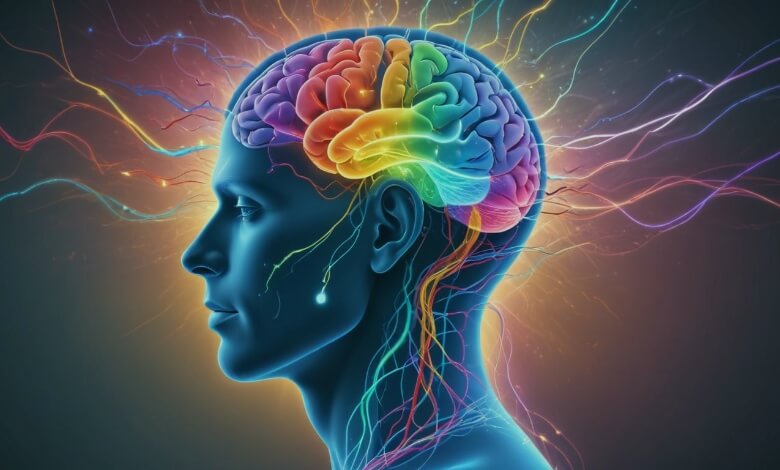Article index
Beyond a purely technical vision of breathing in singing
Each singer knows the technical importance of breathing. But the breath also plays a fundamental role in the perceptible modifications of the body's energy state, in the emotional expression of the performance and in the connection that the singers perceive with the other musicians with whom they play.
The breath is at the same time an automatic process and voluntary behavior: a thin bridge between mind and body. On this are based on the many trainings aimed at interventions for the reduction of emotional activation and the management of anxiety.
In oriental traditions and in curanderìa breathing and its materializations (such as singing) are key tools for increasing awareness and connection with a larger reality. It is no coincidence that those who sing often report experiences a experience of relaxation, peace and spiritual transcendence (Clift & Hancox, 2001).
Song does not only happen with the body, but in the body: it improves blood oxygenation and pulmonary capacity. Not only that: a slower and controlled breathing influences the autonomous nervous system and hormonal production: the release of cortisol (stress hormone) decreases, instead increasing oxytocin (love hormone) and endorphins, which increase the sense of euphoria and decrease the perception of pain.
Still, singing not only we excite but we excite ourselves. We breathe differently according to the emotions we feel and breathe on purpose in a certain way can induce specific emotional states (Philippot et al, 2002). In addition, the breath is also sound: the breath of emotions "sounds" in a clearly different way (Pellegrini & Ciceri, 2012) so that the good interpreters who intentionally use it. Breathing can therefore both intensify emotional experience and improve communication skills.
A key function of music in human history has always been to create and reinforce social ties (Dunbar, 2012). It was detected as between choristers, especially when they sing in unison, a synchronization of both breathing and heart rate (Muller & Lindenberger, 2011) takes place. This alignment of the physiology of participants not only increases coordination within choral performance but also the sense of cohesion and psychological and emotional harmony, even more than in other group activities. In fact, synchrony reinforces both the sense of affiliation by facilitating cooperation, compassion and prosociality (Valdesolo & Desteno, 2011).
The breath is therefore not only technical but a real singing for the soul.
Bibliography
Clift, S., and Hancox, G. (2001). "The perceived benefit of singing. The Journal of the Royal Society for the Promotion of Health 121 (4): 248–256.
Dunbar, Rim (2012). "On the Evolutionary Function of Song and Dance," in Music, Language, and Human Evolution, ed. N. Bannan (Oxford: Oxford University Press), 201–214.
Muller, V., Lindenberger, U. (2011) "Cardiac and Respiratory Patterns Synchronize Beteween Persons During Choir Singing". Plos One 6: E24893.
Pellegrini, R., Ciceri, M. (2012) "Liste to My Breath: How Does It Sound like?" Interdisciplinary Workshop on Laugther and Other Non Verbal Vocalization in Speech-Dublin, 26-27 Octaber 2012
Philippot, P., Chapelle, G., Blair, S. (2002). "Respiratory feedback in the generation of emotion". Cognition and Emotion, 16 (5), 605-627
Valdesol P, Desteno D (2011) "Synchrony and the Social Tuning of Compassion". Emotion 11: 262–266.







